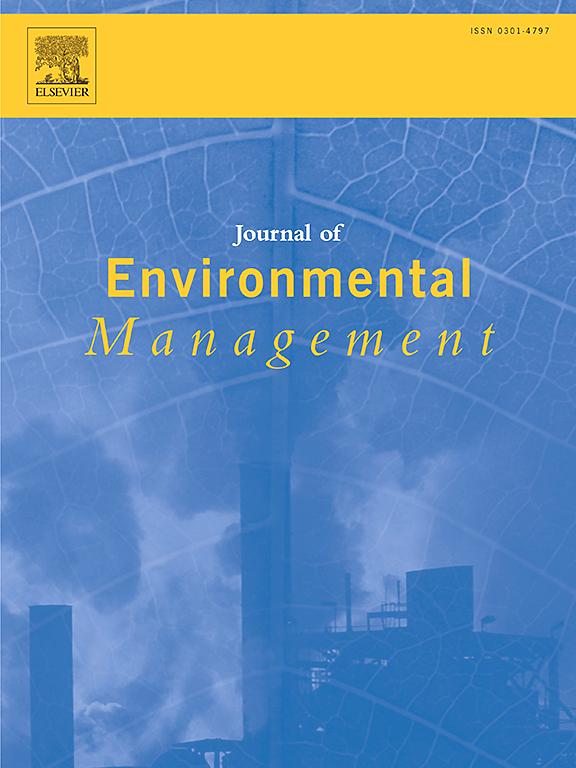Evaluation of fenton-like oxidation coupled with struvite precipitation for the enhanced treatment of Cu-contaminated ammoniacal nitrogen-rich wastewater
IF 8
2区 环境科学与生态学
Q1 ENVIRONMENTAL SCIENCES
引用次数: 0
Abstract
Discharging highly concentrated ammonia-containing wastewater directly to the environment causes significant environmental degradation. This work has enlightened the recovery of ammoniacal nitrogen from copper-containing Nitrogen-rich wastewater (Cu-NWW) through struvite precipitation followed by a Fenton-like copper oxidation process (CFO). Initially, Cu-NWW was treated through the CFO process by adding 10 mM of H2O2 (30 % w/v) and Nanoporous Activated Carbon (NAC) as a heterogeneous catalyst at an optimized reaction time of 120 min. CFO process exhibited the removal of Chemical Oxygen Demand (COD), 82 %; Biochemical Oxygen Demand (BOD5), 73 %; and Total Organic Carbon (TOC), 78 % in Cu-NWW. It also noted that the elimination of COD and TOC by the CFO process increases the purity of struvite crystal. The presence of copper was removed before struvite precipitation by adding 10 % Na2S solution. Further, the stoichiometric molar ratio of Mg2+, NH4+, and PO43− ions was optimized for struvite precipitation. The struvite precipitation was then carried out with and without removing Cu ions in Cu-NWW, and the reaction time, the addition of magnesium oxide (MgO), Spent phosphoric acid (SPA), and reaction pH were optimized. The second-order rate reaction follows the rate of the formation of struvite. The integrated CFO process and struvite precipitation achieved 92 % COD removal, 97 % ammoniacal nitrogen removal, and over 99 % Cu removal. This treatment approach is highly suitable for industries generating waste streams containing a combination of COD, ammoniacal nitrogen, and metal ions.

求助全文
约1分钟内获得全文
求助全文
来源期刊

Journal of Environmental Management
环境科学-环境科学
CiteScore
13.70
自引率
5.70%
发文量
2477
审稿时长
84 days
期刊介绍:
The Journal of Environmental Management is a journal for the publication of peer reviewed, original research for all aspects of management and the managed use of the environment, both natural and man-made.Critical review articles are also welcome; submission of these is strongly encouraged.
 求助内容:
求助内容: 应助结果提醒方式:
应助结果提醒方式:


